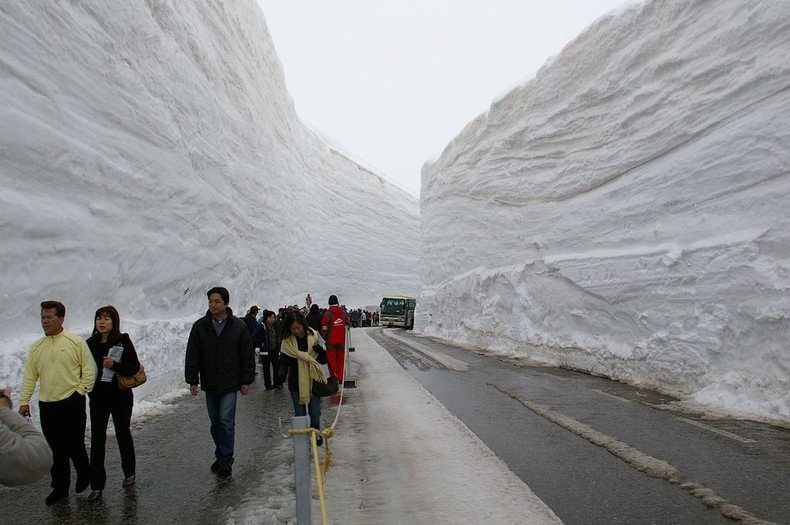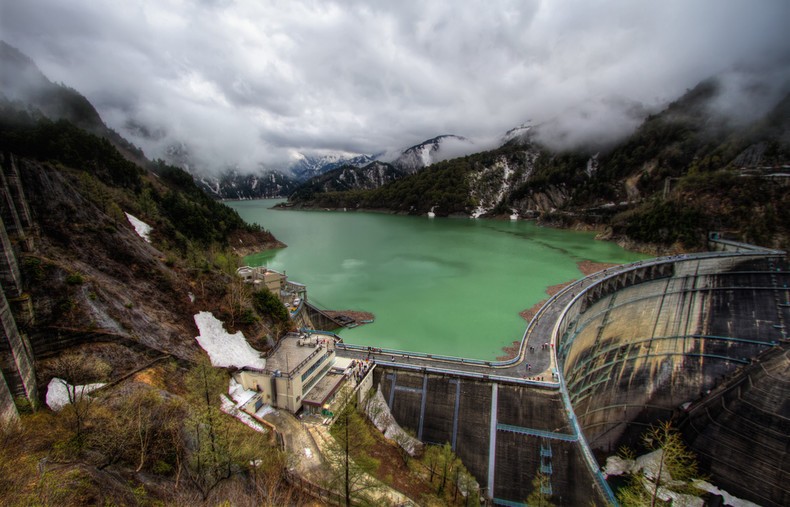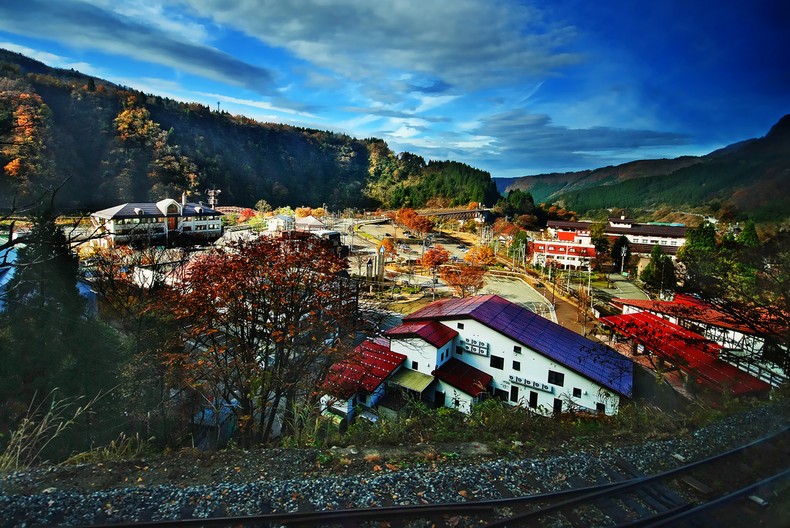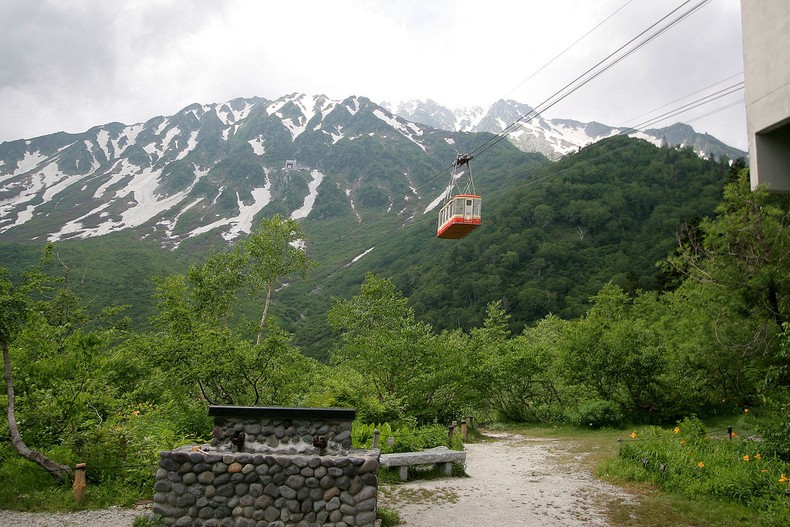The Northern Alps of Japan are home to one of the most impressive routes in the world: the Tateyama Kurobe Alpine Route. This route is famous for its towering snow walls, which can reach up to 20 meters high during spring. However, Tateyama Kurobe offers much more than frozen landscapes: it is a destination filled with history, engineering, and natural beauty that captivates visitors.

Connecting Toyama to Omachi in Nagano Prefecture, the Alpine Route is a unique example of integration between nature and sustainable tourism. Its logistical complexity, combined with the variety of attractions, makes this route a memorable experience. Let's explore more about what makes this route so special.
Table of Content
The Alpine Route: An Unforgettable Journey
The Tateyama Kurobe Alpine Route covers 37 km between Toyama and Omachi, combining different modes of transportation such as buses, trolleybuses, trams, and cable cars. This integrated system allows visitors to traverse the Northern Alps while enjoying breathtaking scenery.

Murodo and the Snow Walls
In spring, the immense snow walls of Murodo are the highlight. Measuring up to 20 meters high, these formations create an impressive white corridor, called "Yuki no Otani." It is possible to walk along the walls on specially prepared trails, a surreal experience that attracts tourists from all over the world.
Other Activities on the Route
In addition to the snow-covered walls, the Alpine Route offers several attractions for those seeking to connect with nature. Some of the options include:
- Camping Areas: Great for those who prefer a more intimate connection with nature.
- Trails and Alpine Flowers: In the summer, hiking trails reveal fields of rare flowers that cover the mountains.
- Hosting: There are cabins and hotels available for travelers who wish to explore the route with more tranquility.

The Imposing Kurobe Dam
Another highlight of the route is the Kurobe Dam, the highest in Japan. Built in the 1950s, it was a landmark of Japanese engineering, requiring seven years of hard work and a high human cost: 171 workers lost their lives during its construction.
The dam is 492 meters long and 186 meters high. During the summer, the controlled release of water creates a spectacular view, attracting thousands of visitors. To reach the dam, one must take a trolleybus that crosses tunnels dug through the mountains, adding a touch of adventure to the trip.

Curiosities and Challenges of the Route
Although the route is short in terms of distance, only 37 km, the vertical elevation is considerable, making the journey unique. The trip requires six transfers between different modes of transportation and takes about five hours, with an average cost of 8,060 yen per person.
Originally, the section between Kurobe Dam and Ōgisawa was created to facilitate the construction of the dam. Meanwhile, the stretch between Tateyama and Kurobeko was designed for tourists from the beginning. Today, the route is exclusively tourist-oriented and not used for regular transport.

History and Cultural Significance of the Region
The Tateyama Kurobe Alpine Route is not just a tourist spot; it has a strong historical and cultural significance. The Tateyama area is considered sacred in Japan, associated with Mount Tateyama, one of the Three Sacred Mountains of the country, alongside Mount Fuji and Mount Haku. For centuries, pilgrims have traversed these mountains as part of spiritual rituals, believing that they represented a pathway to the spirit world.
In addition, the construction of the Kurobe Dam in the 1950s symbolized Japan's effort in the post-war period to rebuild its infrastructure and provide vital hydroelectric energy for the country's economic recovery. This combination of spirituality and engineering makes the site unique, filled with symbolism.

Practical Tips for Visitors
If you plan to visit the Tateyama Kurobe Alpine Route, it's best to plan your trip in advance, especially if you want to see the snow walls. The route opens to tourists in spring and offers different landscapes throughout the year, making it an exciting destination in any season.
If you plan to explore the Tateyama Kurobe Alpine Route, here are some tips to make the most of your experience:
- Best Time to Visit:
- The snow walls are most impressive between April and June. During the summer, the hiking trails and alpine flowers offer a different charm.
- What to Bring:
- Warm clothing, even in spring, as temperatures can be extremely low in Murodo. A good pair of hiking shoes is also essential.
- Avoid Weekends:
- The place can get quite busy, especially during Japanese holidays. Visiting on weekdays provides a more peaceful experience.
- Book Accommodations in Advance:
- If you plan to stay overnight on the route, like in Murodo, make sure to plan and book in advance, as accommodation options are limited.
Take the opportunity to capture memorable images and experience one of Japan's most impressive natural wonders!
Videos of Tateyama Kurobe
As not everyone can have the opportunity to visit this beautiful route, we have to content ourselves with just one video.
